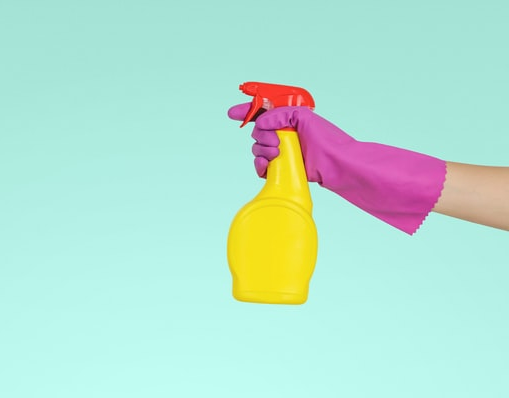
How clean is clean?
3 September, 2020
Unilever has created a Carbon Rainbow to diversify the carbon used in its products, supporting a shift from ‘black carbon’ (from non-renewable fossil fuel sources) towards other forms, such as captured CO2 (purple carbon) or CO2 from marine sources (blue carbon).
46% of total carbon emissions from the Dutch conglomerate’s cleaning products come from the petrol derived chemicals used in its formulations. To reduce its carbon footprint, Unilever’s Home Care division announced the ‘Clean Future’ programme, and it is focussed on creating a circular model for its carbon emissions.
An easy example is recycling and creating new plastic packaging from previous finished products. More excitingly, Unilever is looking to increase the use of carbon-capture technology. This reduces reliance on fossil fuels by capturing carbon emitted at production plants to create cleaning chemicals, like soda ash – an ingredient needed in laundry powder.
Clean Future also guarantees an investment in biotechnology, CO2 and waste utilisation, low carbon chemistry and comms, which is expected to drive the switch from fossil fuel derived chemicals and virgin plastics to biodegradable and water-efficient products.
Although the programme is innovative and applaud-worthy, why not simply avoid petrol derived or carbon-heavy products entirely to reduce your footprint? After all, Delphis, Ecover and others have been selling natural and efficient plant-based cleaning products for the last 40 years. Whilst the scale of Unilever’s operations means this will have a big impact, there is a real question around what took them so long.
By Marie Guérinet
 Back to all friday 5
Back to all friday 5